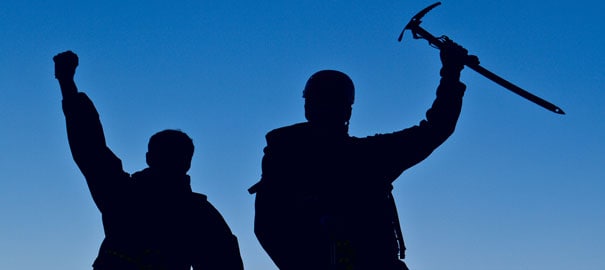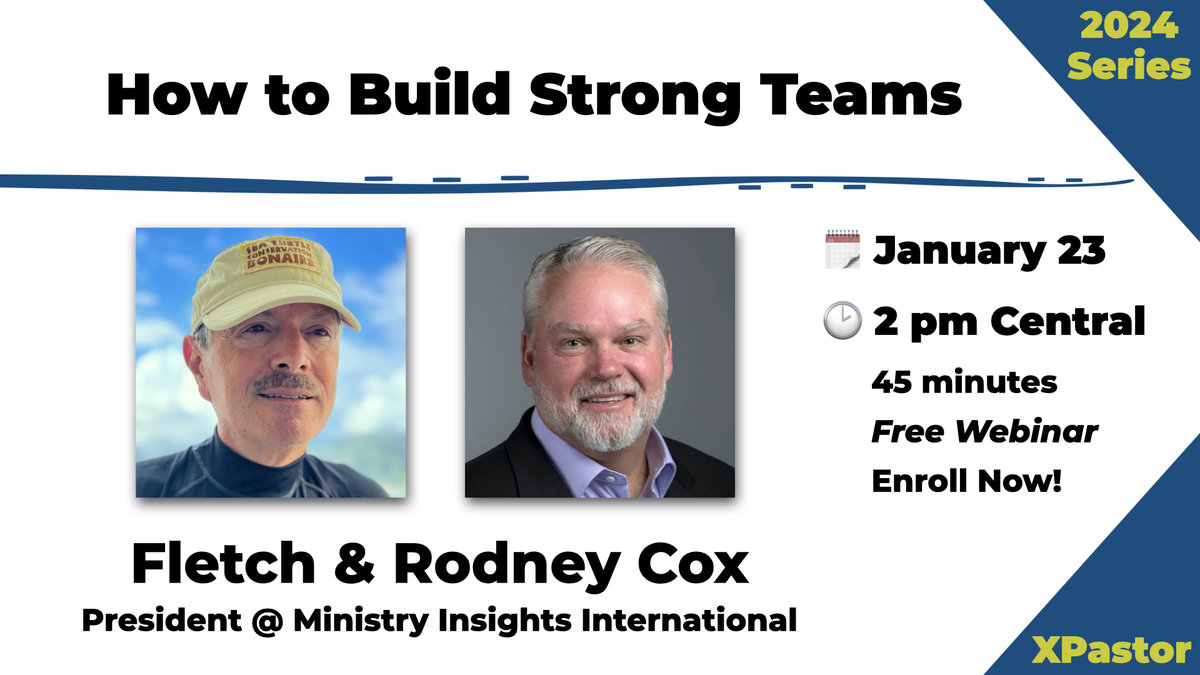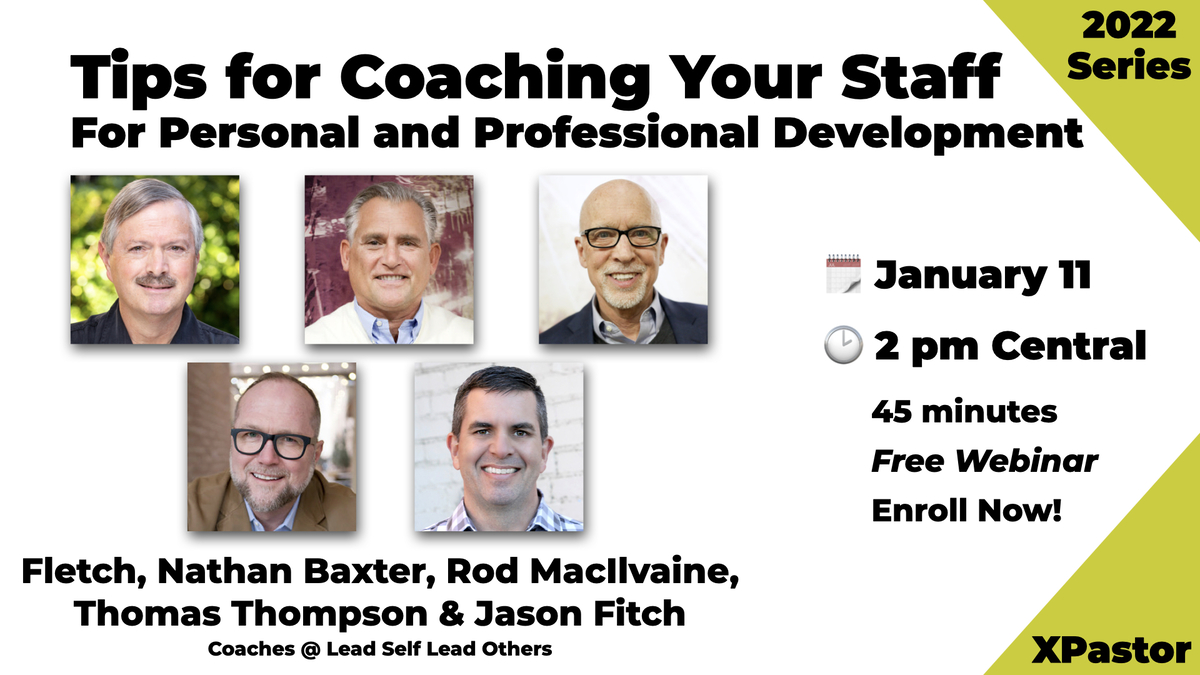I recently stumbled upon something quite remarkable. My son’s marching band had just performed its last show of the season. They were in serious finals competition with the best bands from the Pacific Northwest. The magic moment came just after the performance. One-hundred twenty-five teary, giddy and exhausted high school kids had surrounded the band director. It looked like the victory scene from every football movie ever made. The director was giving a heartfelt speech. It was his appreciation for a team that had just given its finest performance ever. Then the band director said something remarkable, “You will only feel this way five times in your life. Tonight’s one of those five.” There was lots of hugging, more tears and the overwhelming bitter-sweetness that only comes with life’s most memorable moments. It was a mountaintop experience.
I was just a fly on the wall, but I treasured the moment. It reminded me of the precious mountaintop experiences in my own life. It reminded me of the importance of these moments. It made me wonder why, as leaders, we don’t work harder to create these moments for the people we lead.
Mountaintop experiences are gifts to our teams. They are experiences that bring clarity and unity. A part of these experiences is organic. They happen naturally and can’t be manufactured. But mountaintop experiences aren’t a mystery. They happen in environments that leaders can make. Here are the elements that help you create mountaintop experiences:
1. People
Mountaintop experiences happen when there is a community of people in the process of coming together. There is a sense of belonging … an environment where relationships are improved.
2. Interruption of routine
When people get outside of their normal routine, they see things they normally miss.
3. Interruption of place
Unfamiliar surroundings are fertile ground for exploration, comparisons and introspection.
4. Introduction of new ideas
New ideas are better received when we are away from our usual routine. Our minds can better see what’s possible. Learning new things together as a group draws people together.
5. Overcoming a common challenge
Magic happens when a team works hard to solve a shared problem … and succeeds.
6. Life decisions
The best environments encourage us to think through our options, and then decide on a focus. There’s great energy, clarity and momentum once a big decision is made.
7. Joie de vivre
Magic also happens in environments that emphasize the joy of life. Energy, playfulness and high-spiritedness have an incredible effect on people.
8. Sense of occasion
Use decorations, experiences, music, visuals, cooking and encouragements to create a sense of occasion.
9. Celebration
There’s power when the group celebrates its victories and decisions.
10. Creation of institutional lore
The memories created during mountaintop experiences become legend. They are the stories that are told in years to come that shape the direction and aspirations of the organization.
There are tools that help create mountaintop experiences:
Laughter: Laughing breaks down barriers and opens up people. Jokes, funny videos and movie clips can lighten the mood and encourage candidness. Leaders should laugh a lot so the team feels the freedom to laugh too.
Themed tee-shirts or sweatshirts: Special clothing gives individuals belonging, gives a group identity and fosters memories after the experience.
Showcasing: Create a cool name and logo for your experience. Put it on electronic graphics, your website, projected images, signs, agendas and the themed clothing mentioned above.
Music: Music provides a sense of energy and emotion. It is especially powerful to have a theme song that can be remembered in the future. A fun, current pop song works well for this.
Travel: Traveling together in large groups by bus is a very different dynamic for people. It feels like you are a team and promotes interaction with a lot of people. Traveling in small groups by car can yield deep conversations. The best conversations happen on road trips!
Food: Eating with people lowers barriers and encourages relationship.
Memorable moment: A culminating event solidifies the experience in people’s minds. It can be cathartic. Memorable moments can include bonfires, testimony times, award ceremonies, alter calls, symbolic releasing of balloons or times of decision/reconciliation.
Celebration: Celebrate the various events by taking pictures, setting them to music and showing them regularly throughout the experience.
Beginning-middle-end: It helps if a mountaintop experience has a defined beginning, middle and end. The beginning signals the start of an unusual experience. The end gives the experience a crescendo and closure. This also means the experience is precious. It only exists in the moment.
Permission to be yourself: Experiences are improved when people feel safe to “take off their masks” and show their real selves to a greater degree. As a leader, give permission to do this by modeling it. Challenge people to let go and “act like they are kids again.”
Of course certain relational and emotional experiences cannot be planned. They must happen organically. But leaders can be intentional about creating environments where mountaintop experiences are possible for their teams.
At the marching band championships, the director said we would only have five mountaintop experiences in our lives. I hope he’s wrong … and we have many more.











